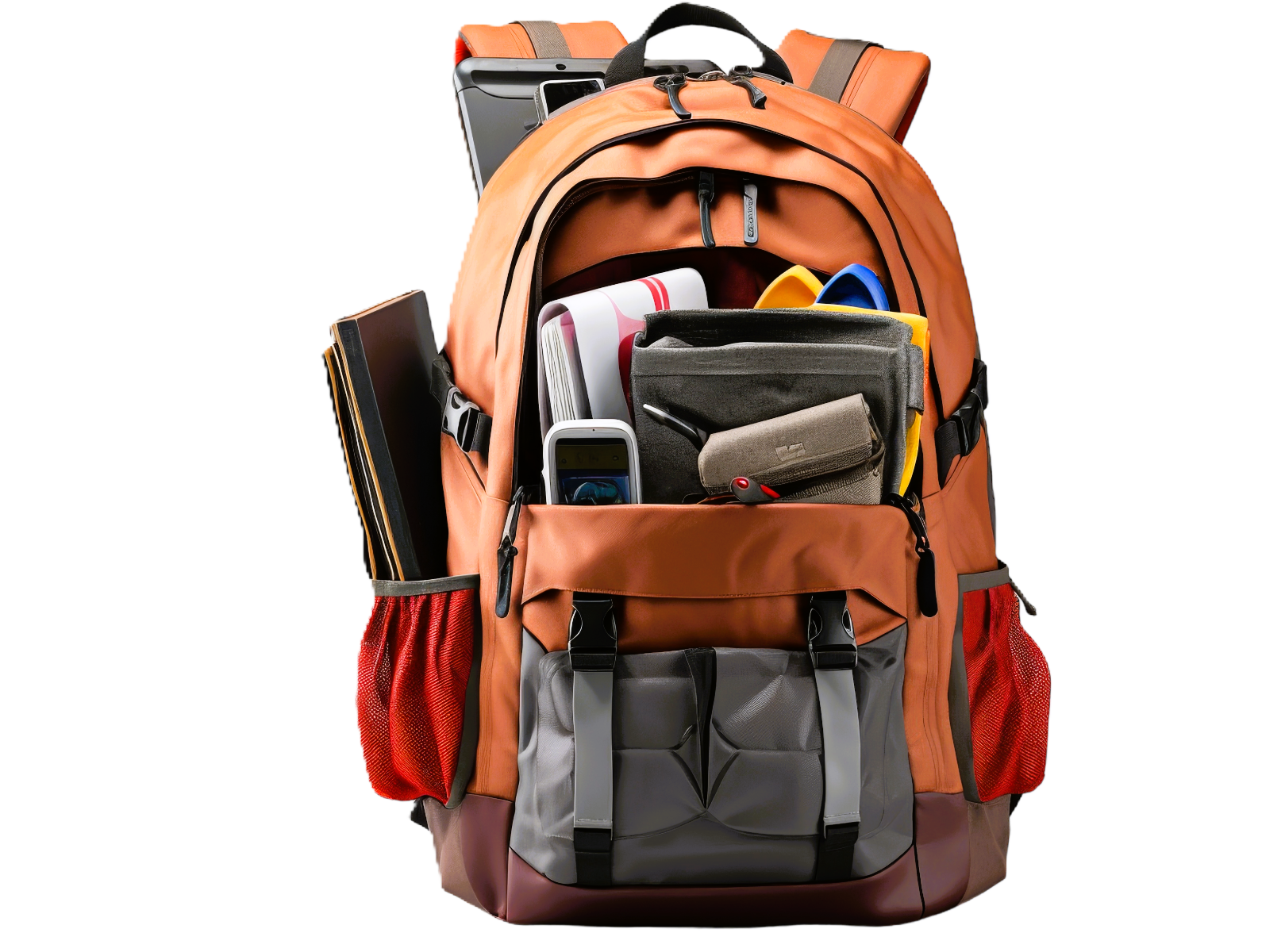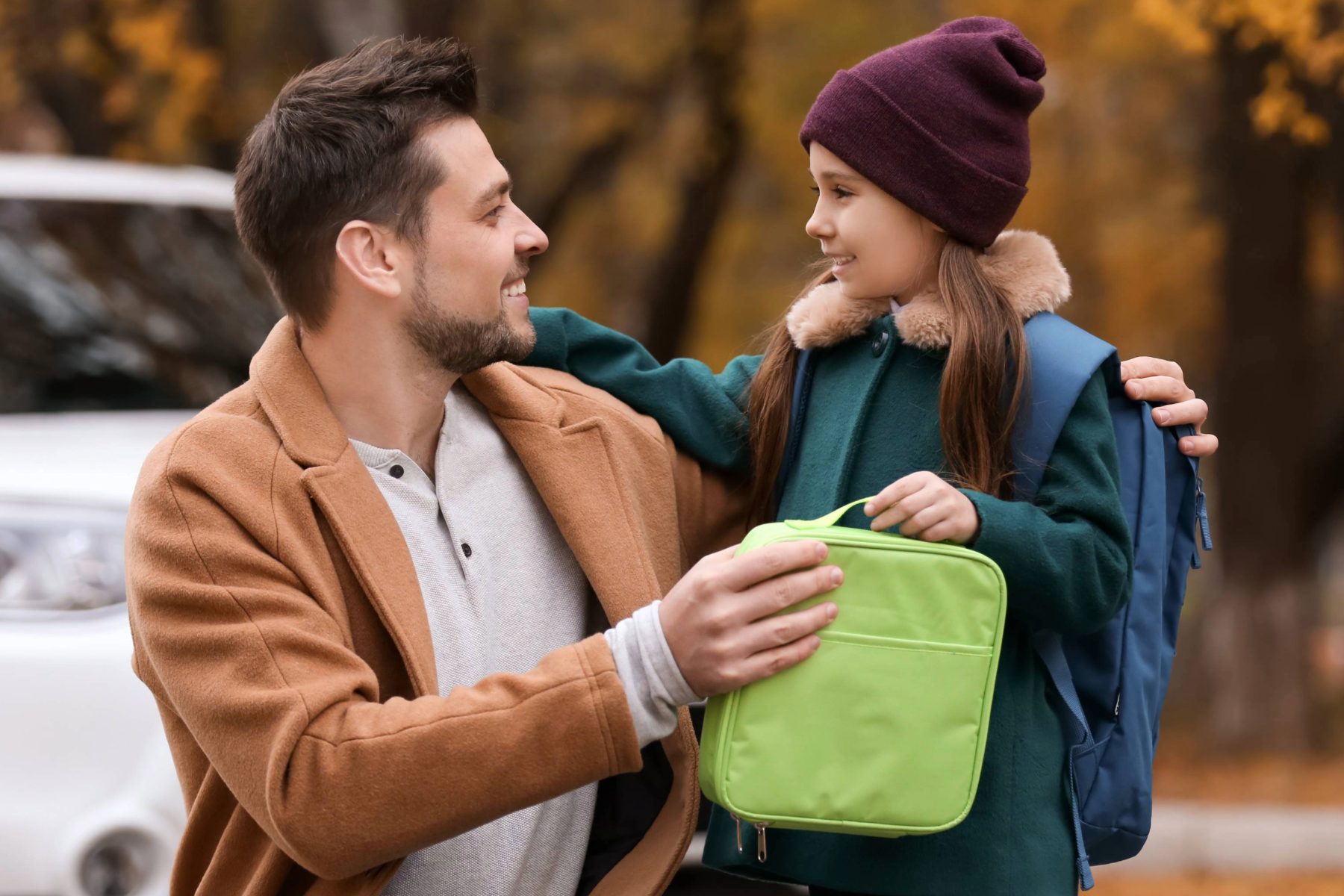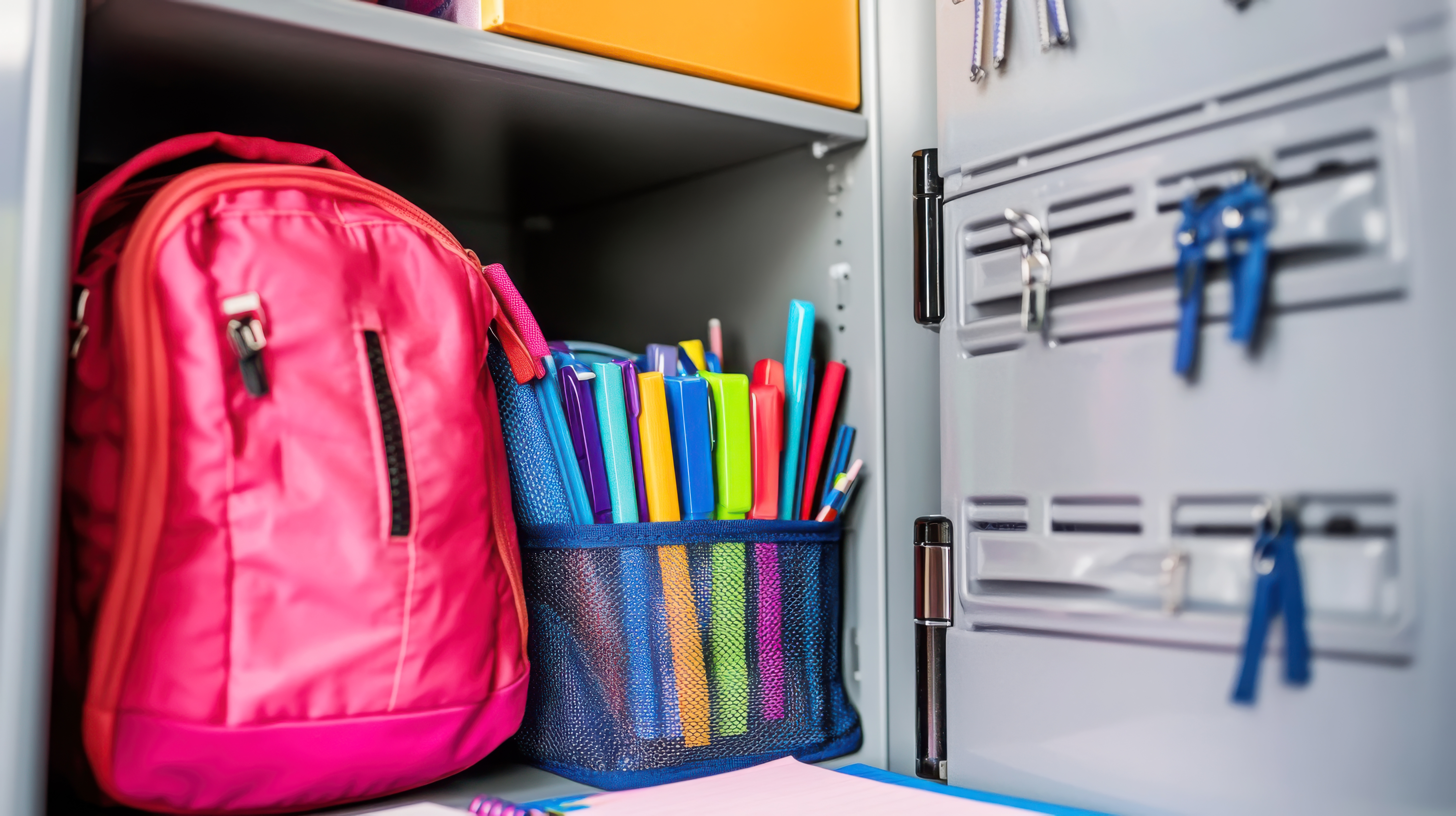FREE DOWNLOADS
Backpack Safety Checklist English/Spanish
Safety Sami Coloring Sheet Backpack Safety English
FOR MORE INFORMATION
healthychildren.org: Backpack Safety
nsc.org: Backpack Safety: It's Time to Lighten the Load
Video from AOTA/Boston University: How to Pack and Wear a Backpack









